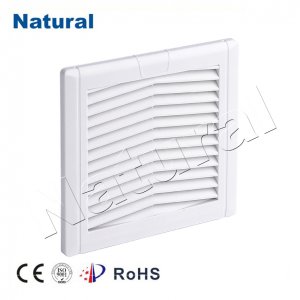In today’s world, cleanroom environments have become integral to a wide range of industries, from medical and pharmaceutical research to microelectronics manufacturing. At the heart of these ultra-clean settings is the humble filter fan, a crucial component in maintaining the desired levels of air purity.

The filter fan is a specialized device designed to achieve a balance between airflow and particle removal. It consists of a fan, typically electric, that draws air into the unit. This air then passes through a filter media, which traps particles larger than the pore size of the filter. The filtered air is then exhausted into the cleanroom, maintaining a particle-free environment. The filter element is the most critical component of the fan as it directly impacts the fan’s performance. The filter material can vary depending on the application, but typically includes fiberglass, HEPA (High Efficiency Particulate Air), and ULPA (Ultra-Low Penetration Air) filters. Each type has its own advantages and disadvantages in terms of filtering efficiency, airflow resistance, and lifetime. For example, HEPA filters are commonly used in hospital and laboratory settings to remove 99.97% of airborne particles while ULPA filters offer even higher filtration efficiency but at a higher resistance to airflow.
Leave a Reply